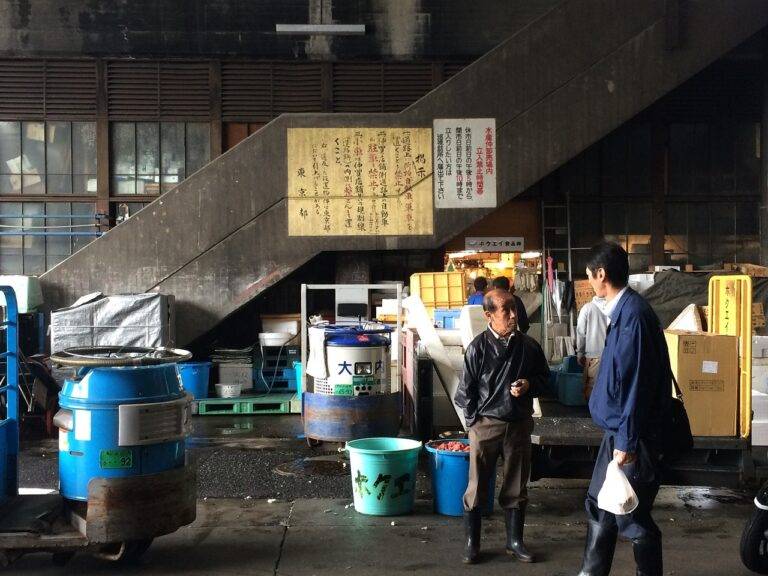NFTs and the Art Market: Exploring New Frontiers in Business and Creativity
In recent years, the art world has witnessed a remarkable transformation with the rise of Non-Fungible Tokens (NFTs). These digital assets have revolutionized the way artists create, sell, and collect art, blurring the line between the physical and digital realms. NFTs have become a hot topic in the creative industry, attracting attention from artists, collectors, and investors alike. In this article, we will delve into the world of NFTs and explore how they are reshaping the art market, unlocking new opportunities for business and creativity.
Understanding NFTs
NFTs are unique digital tokens that are stored on a blockchain, a decentralized and secure digital ledger. Unlike cryptocurrencies such as Bitcoin or Ethereum, which are fungible and can be exchanged for one another, NFTs are non-fungible and one-of-a-kind. Each NFT has a unique identifier that distinguishes it from other tokens, making it rare and valuable. This uniqueness is what sets NFTs apart and gives them their intrinsic value.
The Impact of NFTs on the Art Market
The introduction of NFTs has disrupted the traditional art market, providing artists with a new way to monetize their work and reach a global audience. By tokenizing their art, creators can sell digital copies as NFTs, allowing collectors to purchase and own unique digital assets. This has created a new revenue stream for artists, enabling them to earn royalties from secondary sales of their work. Additionally, NFTs have made art more accessible and inclusive, as anyone with an internet connection can buy and collect digital art.
Benefits of NFTs for Artists
NFTs offer numerous benefits for artists, including greater control over their work, increased transparency in transactions, and the ability to reach a wider audience. By minting their art as NFTs, artists can establish ownership rights and verify the authenticity of their work, reducing the risk of copyright infringement. NFTs also allow artists to engage directly with collectors and fans, cutting out intermediaries and retaining a larger share of the sales proceeds.
Challenges and Criticisms of NFTs
Despite their potential, NFTs have faced criticism for their environmental impact, high transaction fees, and speculative nature. The minting and trading of NFTs consume a significant amount of energy, contributing to the carbon footprint of blockchain networks. Additionally, the high fees associated with minting and trading NFTs can be prohibitive for emerging artists and collectors. Critics argue that the hype surrounding NFTs has created a speculative bubble, with prices inflated by market speculation rather than intrinsic value.
Emerging Trends in NFTs and the Art Market
As the NFT craze continues to gain momentum, new trends are emerging in the art market. Virtual art galleries and online marketplaces dedicated to NFTs are proliferating, providing a platform for artists to showcase and sell their digital creations. Collectors are also exploring innovative ways to display and interact with NFT art, from virtual reality exhibitions to augmented reality experiences. The convergence of technology and art has opened up a world of possibilities for creative expression and collaboration.
Future Outlook for NFTs in the Art Market
The future of NFTs in the art market holds great promise, as artists and collectors continue to embrace this new paradigm of digital ownership. With advancements in blockchain technology and the mainstream adoption of NFTs, we can expect to see greater integration of digital assets into the art world. NFTs have the potential to democratize the art market, empowering artists to connect with a global audience and monetize their talent in ways previously unimaginable. As the boundaries between the physical and digital realms blur, NFTs are poised to revolutionize the art market and redefine the concept of ownership in the digital age.
FAQs
What is an NFT?
An NFT, or Non-Fungible Token, is a unique digital asset that is stored on a blockchain and cannot be exchanged for another token. Each NFT has a unique identifier that distinguishes it from other tokens, making it rare and valuable.
How do NFTs work in the art market?
Artists can tokenize their work as NFTs, allowing collectors to purchase and own unique digital assets. This has created a new revenue stream for artists, enabling them to earn royalties from secondary sales of their work.
What are the benefits of NFTs for artists?
NFTs offer artists greater control over their work, increased transparency in transactions, and the ability to reach a wider audience. Artists can establish ownership rights and verify the authenticity of their work by minting it as an NFT.
What are the challenges and criticisms of NFTs?
NFTs have faced criticism for their environmental impact, high transaction fees, and speculative nature. Critics argue that the hype surrounding NFTs has created a speculative bubble, with prices inflated by market speculation rather than intrinsic value.
What are some emerging trends in NFTs and the art market?
Virtual art galleries and online marketplaces dedicated to NFTs are proliferating, providing a platform for artists to showcase and sell their digital creations. Collectors are also exploring innovative ways to display and interact with NFT art.
What is the future outlook for NFTs in the art market?
The future of NFTs in the art market holds great promise, as artists and collectors continue to embrace this new paradigm of digital ownership. With advancements in blockchain technology and the mainstream adoption of NFTs, we can expect to see greater integration of digital assets into the art world.







